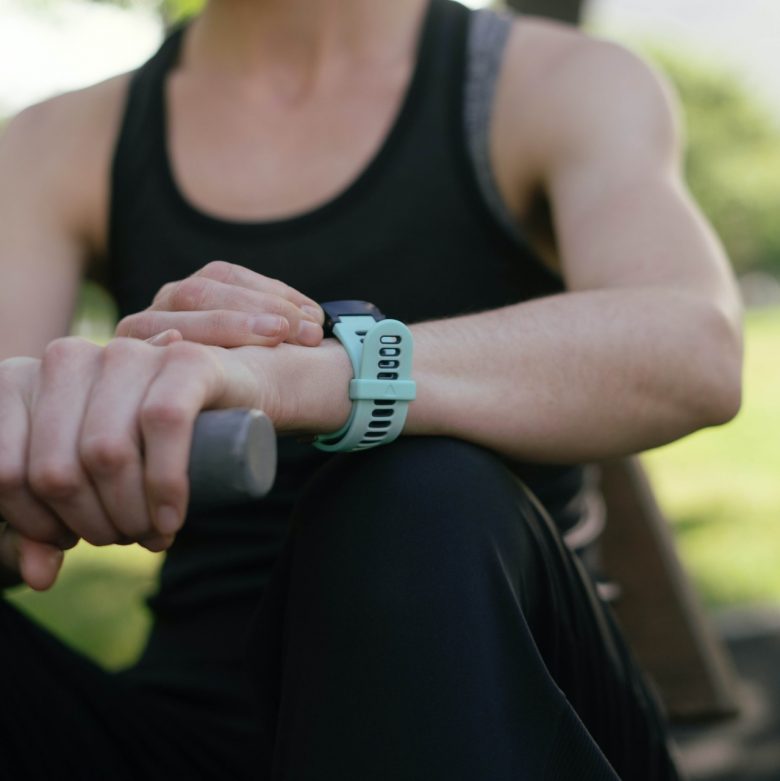Fitness trackers or activity trackers are devices that monitor fitness metrics like counting steps walked, heart rate, calories burned, and so much more.
These are usually wearable devices that are linked to smartphones or other smart devices to let users know their performance and activity. And most fitness trackers of today are wearable on the wrists or ankles.
This article explains how fitness trackers function and how you can best use them to progress with your fitness goals.
HOW DO FITNESS TRACKERS WORK?
At a fundamental level, a wearable fitness tracker/fitness band generally has
- a microcontroller unit,
- sensors,
- a data transfer system (like Bluetooth), and
- a battery
Sensors get input data like location, sleep cycle, activity rate, and heart rate.
The microcontroller unit processes these sensor statistics while the data transfer system relays information to your connected smartphone/smart device.
WHAT SENSORS DO FITNESS TRACKERS USE?
Here is a list of the most common sensors that fitness trackers of today contain:
Accelerometer –
- Today, most wearable trackers have a three-axis accelerometer to capture and monitor motion in three dimensions.
- It tracks body movements that occur in any direction and presents information like step count, activity rate, and is used to track sleep quality.
Gyroscope –
- Fitness trackers usually pair accelerometers with gyroscopes to detect position, angle, and rotation that come along with body movements.
- This helps the device better understand workout movements from a 3D perspective.
Thermometer –
- Thermometers provide insight on how challenging or easy the workout routine is by gauging the rise and fall of the body’s core temperature.
- A sustained rise in body temperature is indicative of a challenging workout and the sensor takes that input to generate relevant information.
Heart rate monitors –
- Heart rate monitors use either bio-impedance sensors or optical sensors to capture heart rate and cardiac output which is again sent back to the user.
- Bio-impedance sensors measure electrical resistance to get heart rate while optical sensors use light to obtain pulse rate, thereby heart rate. Fitness trackers sometimes use a combination of these sensors as well.
Other often-used sensors include altimeters, GPS, ambient light sensors, and UV sensors.
HOW TO MAKE THE BEST USE OF YOUR FITNESS BAND
The first step is in committing yourself to wear it every day. Trackers give you real-time, visual metrics through your smartphone.
- One glance at your smartphone can show you the steps you have walked, the calories you have burned, and how active you are keeping yourself every day.
- If you have to communicate with a fitness coach, this tracker can make it easy for trainers to analyze your shared fitness data and so, trainers can give you well-researched advice accordingly.
- Once you’ve set clear goals and figured out a fitness regime for yourself, these trackers can help you stay on the path to fitness through useful statistical information.
Fitness trackers offer that extra push for you to meet your fitness goals.
So, are you using fitness trackers?





